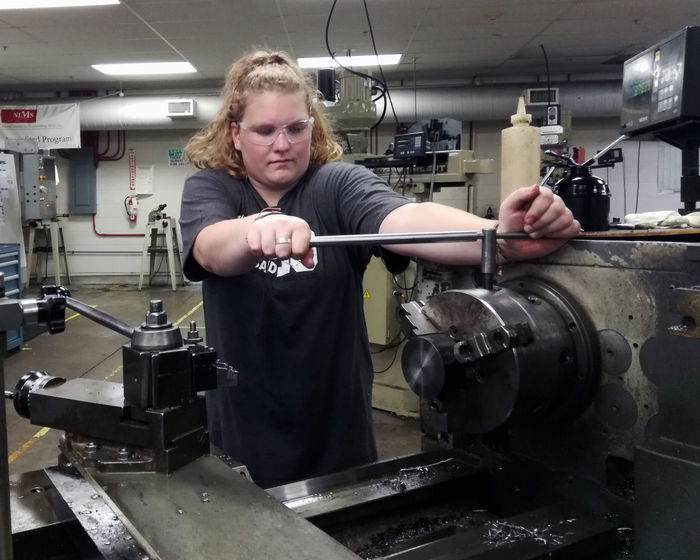To address this worrisome trend, colleges and universities must push forward with demand-driven innovations to become more responsive and relevant to the changing world of work and the changing needs of learners. But higher education cannot do this work alone. Policymakers must take bold action to foster the innovation at scale that will transform outdated higher ed systems. With the nation’s capital embroiled in partisanship and gridlock, it is up to the states to lead these efforts by making common-sense investments and policy reforms.
Facing steep shortfalls in state revenues, state policymakers are in a difficult spot and may think it only fair to make across-the-board cuts. This would be a mistake, as it proved to be during the Great Recession, when states slashed funding for colleges and need-based financial aid just as a rising number of unemployed and cash-strapped Americans needed to upgrade their skills. This time around, states should target their precious resources more wisely.
A national group of postsecondary leaders convened by JFF, the Policy Leadership Trust urges state policymakers to focus on community and technical colleges—and their learners. These public two-year institutions, which serve a large number of low-income, Black, Latinx, and Indigenous learners, have suffered the steepest declines in enrollment this fall. Investing in these critical institutions would help ensure equitable access to skills development and high-quality career-focused programs that are key to the nation recovering from the COVID-19 crisis.
Five Strategies for Making College More Responsive and Relevant
The Trust has been taking a close look at what our community colleges can—and must—do to propel more people off the economic sidelines and into skill-building that leads to quality jobs and careers. During our national reckoning on race, we also recognize that our institutions must take urgent action to dismantle campus structures that breed disparities and to intentionally redesign for equity.
Based on the priorities that students and employers have expressed in recent national surveys, as well as empirical evidence and our practical experiences of what’s working during the pandemic, we have landed on five key strategies. Here’s what community colleges—with the critical support of state funding and policy reforms—should do now to help more Americans get the postsecondary credentials and skills they need to get back to work and advance economically:
- Provide people with the in-demand skills they need to get a job and advance their careers. Expand short-term training opportunities and ensure that the training is affordable and of high quality and fulfills degree requirements.
- Ensure that learning is accessible anywhere and at any time. Address digital disparities in access to remote instruction, improve online learning experiences, and remove barriers to competency-based and accelerated education models.
- Remove financial hurdles to college enrollment and completion. Cover tuition and emergency expenses for low-income learners so that, in an uncertain time, they can count on being able to complete college.
- Help people earn while they learn. Bolster college and employer partnerships in apprenticeship, work-study, and other work-based learning experiences that connect education and career goals.
- Strengthen on-ramps to college. Ensure that student populations that have been historically underserved or deemed not ready for postsecondary education have equitable access to college-in-high-school experiences and sufficient supports to succeed in essential coursework. Completing first-year math and English courses, for example, are proven to create early momentum toward credential attainment.





